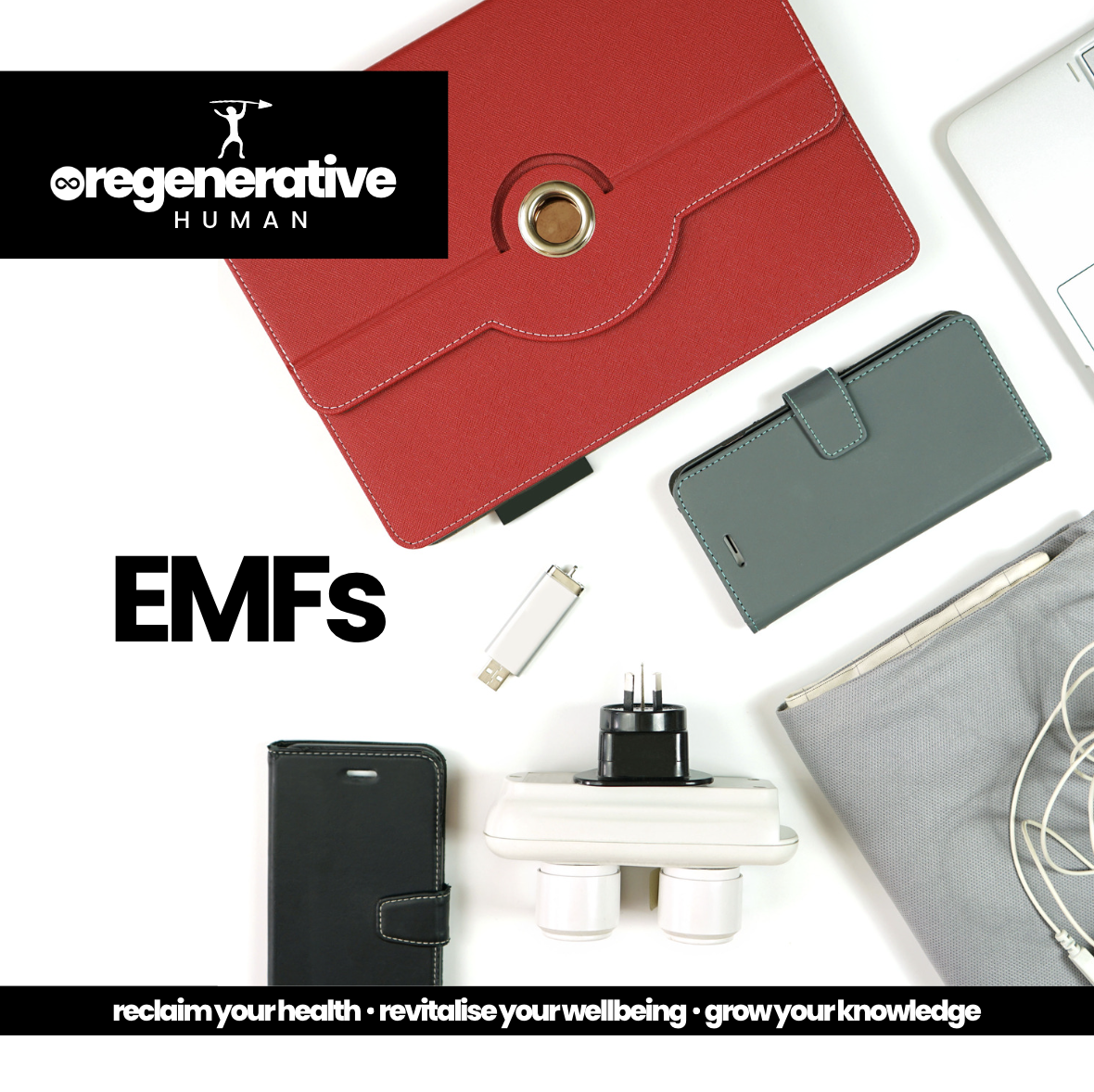What are EMFs?
Electromagnetic fields (EMFs) are invisible areas of energy associated with the use of electrical power and various forms of natural and man-made lighting. While EMFs are a natural part of our environment, human-made sources such as power lines, cell phones, and Wi-Fi have significantly increased our exposure. Growing research suggests that prolonged exposure to high levels of EMFs can negatively impact our health and the proper functioning of our bodies.
Cellular changes
Firstly, EMFs can disrupt our biological processes at a cellular level. Our bodies operate using low levels of natural EMFs, such as those produced by our hearts and brains. The artificial EMFs emitted by electronic devices can interfere with these natural EMFs, leading to cellular stress. This stress can result in oxidative damage, which is linked to inflammation and a host of chronic diseases, including cancer.
Sleep disturbances
Sleep disturbances are another significant concern associated with EMF exposure. Our sleep patterns are regulated by the hormone melatonin, which is sensitive to EMF radiation. Studies have shown that exposure to EMFs, particularly from devices used close to the body like smartphones and tablets, can suppress melatonin production. Reduced melatonin levels can lead to sleep disorders, impacting overall health and well-being. Poor sleep quality can result in fatigue, weakened immunity, and decreased cognitive function.
Mental health
Moreover, EMFs can affect mental health. There is evidence to suggest that exposure to high levels of EMFs can contribute to anxiety, depression, and other mood disorders. The electromagnetic radiation can disrupt the function of neurotransmitters, chemicals in the brain that regulate mood and stress responses. Prolonged exposure may lead to increased stress levels, irritability, and mental health issues.
Minimising exposure to EMFs
To mitigate the negative effects of EMFs, several precautionary measures can be taken. Reducing the use of electronic devices, especially before bedtime, can help maintain natural melatonin production. Using wired connections instead of Wi-Fi, keeping devices at a distance, and minimising the use of cell phones can also reduce EMF exposure. Additionally, creating a low-EMF environment at home by turning off devices when not in use and opting for EMF shields can help protect against radiation.
In conclusion, while EMFs are an inevitable part of modern life, understanding their potential health risks and taking steps to minimise exposure can help protect our well-being. By being mindful of our EMF environment, we can reduce the negative impact on our health and promote better overall functioning of our bodies.





